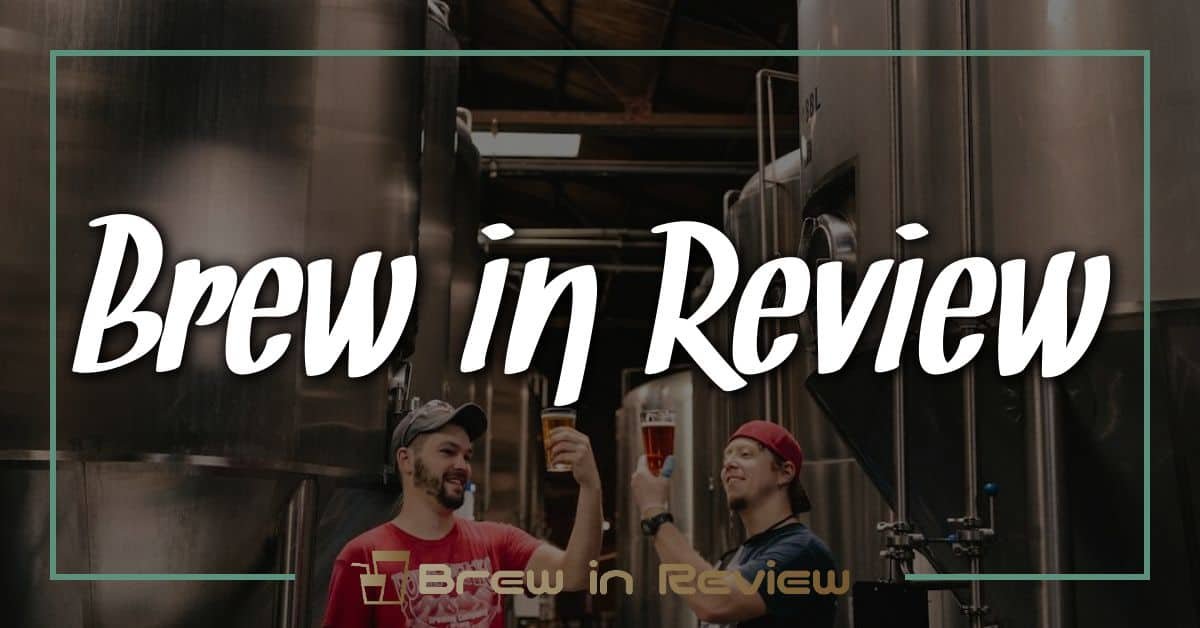As a beer enthusiast, I’ve always found that the world of brewing is as rich and complex as the flavors in a perfectly crafted pint. There’s something magical about diving into the pages of a book that not only tells the story of beer but also inspires a deeper appreciation for this beloved beverage. Whether you’re a casual drinker or a seasoned connoisseur, there’s a wealth of knowledge waiting to be uncovered.
Essential Beer Books
I often encourage fellow brewing enthusiasts to explore literature that dives deep into the world of beer. These essential reads enhance both knowledge and appreciation, whether you’re a novice home brewer or an advanced aficionado.
Classic Beer Literature
- “The Complete Joy of Homebrewing” by Charlie Papazian
This staple combines humor with practical advice. Papazian shares his philosophy: “Relax, don’t worry, have a homebrew.” The book covers everything from beginner recipes to advanced techniques, making it an indispensable guide.
- “Brewing Science” by Chris White and Jamil Zainasheff
This book discusses the science behind brewing. It delves into yeast behavior, fermentation processes, and environmental factors impacting beer. A deeper understanding of these concepts elevates brewing skills and fosters creativity.

- “Tasting Beer” by Randy Mosher
Mosher’s book goes beyond recipes. It explores beer styles, tasting notes, and food pairings. Illustrated and informative, it teaches appreciation for the diverse world of beer and encourages exploration beyond your favorite brews.
Modern Beer Guides
- “How to Brew” by John J. Palmer
Palmer’s modern classic offers comprehensive insights into brewing processes, equipment, and recipes. It’s an approachable guide that’s ideal for anyone wanting to refine their brewing techniques or explore new methods.
- “The Brewer’s Apprentice” by Greg Koch and Cara Nicoletti
This book features interviews with acclaimed brewers alongside recipes. Koch’s passion for storytelling shines, making it not just a guide but an engaging journey through the brewing landscape.
- “Craft Beer for the Homebrewer” by Andy Sparhawk
Sparhawk focuses on home brewing techniques inspired by craft breweries. The book emphasizes ingredient selection and offers creative recipes, helping home brewers push their limits and develop unique flavors.
Beer Styles and Production
Beer variety captivates enthusiasts with its vast array of styles and production methods. Understanding these elements enhances appreciation for the craft and broadens one’s tasting experiences.
Understanding Beer Styles
Beer comes in countless styles, each with unique characteristics. Classic styles include:
- Pale Ale: Known for its hoppy flavor and moderate bitterness. It often features citrus or floral notes.
- Stout: A dark, rich beer with roasted malt flavors. Expect coffee, chocolate, and caramel undertones.
- Lager: Crisp and clean, this style undergoes cool fermentation, resulting in a smooth finish. Popular sub-styles include Pilsner and Dortmunder.
- Wheat Beer: Often fruity and spicy, wheat beers contain a high percentage of wheat, contributing to a hazy appearance.
Familiarizing yourself with these styles aids in selecting beers that align with personal taste preferences.
Brewing Techniques
Mastering brewing techniques elevates product quality and allows for creative expression. Essential techniques include:
- Mashing: Converting starches into fermentable sugars by steeping grains in hot water. This process determines a beer’s body and flavor.
- Boiling: Involves boiling the wort and adding hops. This step enhances bitterness, aroma, and stability.
- Fermentation: Yeast converts sugars into alcohol and carbon dioxide. The duration and temperature of fermentation significantly influence the final product.
- Conditioning: A maturation phase allows flavors to develop and smooth out harsh edges, enhancing the drinking experience.
Utilizing these techniques, whether brewing at home or on a commercial scale, creates opportunities to experiment with flavors and styles.
Beer History and Culture
Beer has a rich history intertwined with human culture. Understanding this journey reveals the craftsmanship and passion behind each brew.
The Evolution of Beer
Beer’s history stretches back over 7,000 years. It began as a simple fermented drink made from grains and water. Ancient Sumerians and Egyptians brewed beer, viewing it as a staple part of their diet and culture. The invention of writing brought us some of the first recorded beer recipes. Throughout the centuries, brewing techniques evolved, leading to the introduction of hops in the Middle Ages. Hops enhanced beer’s flavor and preservation, marking a pivotal moment in brewing history. The industrial revolution further transformed brewing, introducing large-scale production methods. Today, the craft beer movement has reinvigorated traditional styles and experimental brews, celebrating regional ingredients and innovative techniques.
Regional Beer Traditions
Regional traditions showcase the diversity of beer. Each area boasts unique styles based on local ingredients and brewing practices. For instance, Germany’s Oktoberfest beers feature rich malts and smooth finishes, while Belgian beers often emphasize fruity esters and spicy phenols. The United States has embraced a melting pot approach, leading to the development of styles like IPAs that explore bold hop flavors. Each tradition reflects the culture and history of its region, inviting beer enthusiasts to explore the world through their glass. Engaging with these regional styles enriches one’s understanding and enjoyment of beer, showcasing how geography flavors each brew.
Beer and Food Pairing
Pairing beer with food creates a delightful culinary experience. Understanding how beer interacts with different flavors enhances both the drink and the dish. This section covers essential pairing strategies and helpful guides for beer enthusiasts.
Harmonizing Flavors
I focus on balancing flavors when pairing beer and food. A light, crisp lager complements rich, fatty dishes like fried chicken, while a bold stout enhances the sweetness of chocolate desserts. Specifically, consider these pairings:
- Pale Ale with grilled meats, where the hops cut through fatty flavors.
- Wheat Beer alongside salads or seafood, enhancing freshness without overpowering.
- IPA with spicy foods, as the bitterness balances the heat.
Finding harmony creates memorable meals, showcasing the versatility of beer as an accompaniment.
Recommended Pairing Guides
Many resources offer detailed guidance on beer and food pairings. These books enhance knowledge and create exciting combinations. I recommend exploring:
- “The Beer and Food Companion” by Daniel Dayton – This guide outlines various cuisines and their best beer matches.
- “The New IPA” by Scott Janish – While focused on IPAs, it also discusses optimal pairings with food.
- “Beer Pairing: The Essential Guide” by Julia Herz and Gwen Conley – It provides a comprehensive approach to matching beer styles with dishes.
Using these resources can elevate your brewing and drinking experience, inspiring creativity in both the kitchen and the brewery.
Conclusion
Diving into the world of beer literature has truly been a rewarding journey for me. Each book opens up new perspectives and deepens my appreciation for this fascinating craft. Whether I’m brewing at home or simply enjoying a cold one with friends I find that these reads enhance every sip.
So grab a few of these recommendations and explore the rich history and diverse styles of beer. You might just discover a new favorite brew or even get inspired to try your hand at brewing. Cheers to the adventure that lies ahead!




